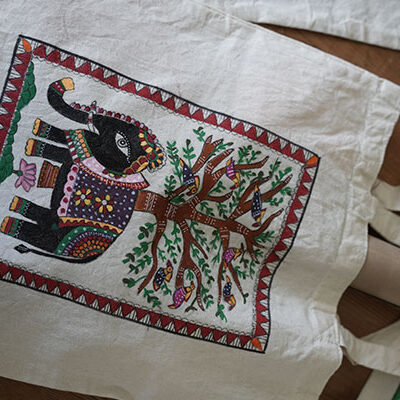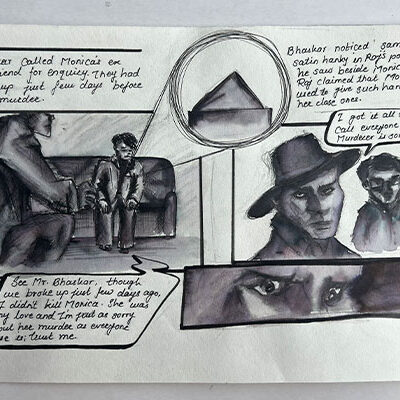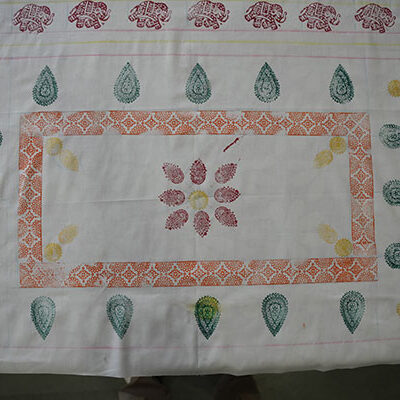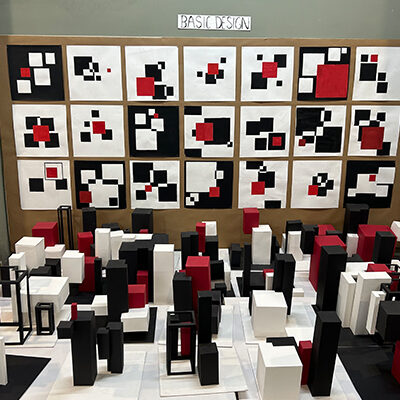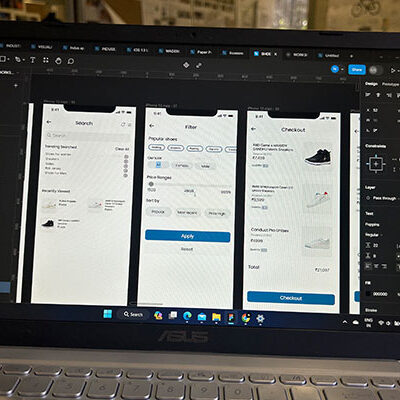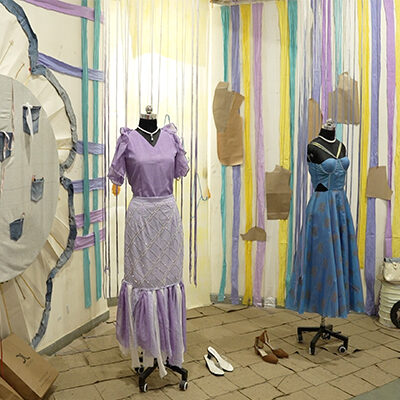M.Des in Furniture & Space Design
Embark on an enriching journey into the realm of innovative design with our Master of Design in Furniture & Space Design program (M.Design in Furniture & Space Design). Tailored for aspiring furniture and Space Designers, our Masters in Furniture & Space Design Program offers a comprehensive curriculum blending design theory, spatial planning, and craftsmanship. Led by industry experts, students explore the fusion of form and function, mastering the art of creating bespoke furniture pieces and crafting captivating interior environments. From concept development to fabrication techniques, students engage in hands-on studio projects, collaborative workshops, and real-world design challenges, honing their skills as versatile and visionary designers. Join us and unlock your creative potential, shaping the Future of Furniture and Space Design with our M.Des in Furniture Design, where imagination meets innovation to redefine the boundaries of design excellence.
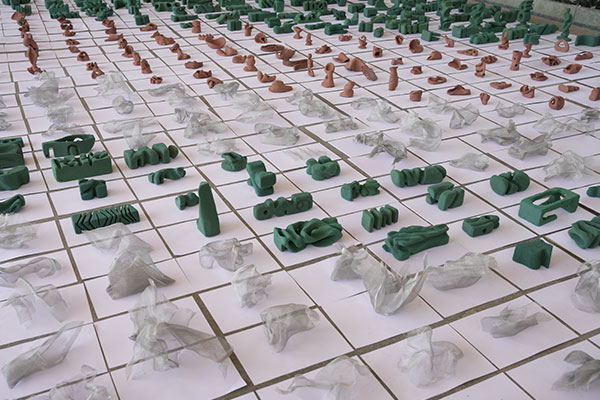
What you must learn to become a Furniture & Space Designer?
To become a proficient Furniture & Space Designer, you must acquire a diverse range of skills and knowledge. Firstly, understanding design principles such as form, function, proportion, and aesthetics is essential for creating harmonious and visually appealing furniture pieces and interior spaces. Proficiency in spatial planning, layout design, and architectural drafting allows for the effective utilization of space and the creation of functional environments. Mastery of materials, fabrication techniques, and craftsmanship is crucial for translating design concepts into tangible furniture pieces that meet both aesthetic and functional requirements. Additionally, familiarity with furniture design history, contemporary trends, and cultural influences provides valuable context and inspiration for design innovation. Strong communication and collaboration skills are necessary for working effectively with clients, architects, contractors, and other stakeholders throughout the design process. Furthermore, staying updated on industry trends, sustainability practices, and emerging technologies ensures relevance and innovation in the dynamic field of Furniture & Space Design.
Key Learning Areas
1. Design Fundamentals: Understand principles of design, including spatial arrangements, colour theory, and aesthetics, to create cohesive and visually appealing spaces.
2. Technical Skills: Develop proficiency in industry-standard software for drafting and 3D modelling, enabling precise visualization and communication of design concepts.
3. Material and Fabric Knowledge: Explore various materials and fabrics used in interior design, learning to select based on functionality, durability, and aesthetic appeal.
4. Project Management: Acquire skills in project planning, budgeting, and execution, ensuring efficient and successful completion of interior design projects.
5. Architectural Drafting: Master architectural drawing techniques to create detailed floor plans, elevations, and sections for accurate spatial representation.
6. Spatial Planning: Learn principles of spatial organization, circulation, and zoning to optimize functionality and flow within interior spaces.
7. Sustainable Design Practices: Incorporate environmentally conscious design principles, such as sustainable materials and energy-efficient solutions, into interior design projects.
8. 3D Modelling and Visualization: Utilize 3D modelling software to produce realistic visualizations of interior spaces, aiding in client presentations and design decision-making.
9. Rendering Techniques: Explore rendering techniques, including hand-drawing and digital rendering, to effectively communicate design concepts and aesthetics.
10. Project Documentation: Develop skills in creating comprehensive project documentation, including design briefs, specifications, and schedules, essential for effective project management and communication with clients and stakeholders.
Career Paths
- Interior Designer
- Furniture Designer
- Space Planner
- Set Designer
- Exhibition Designer
- Retail Store Designer
- Event Designer
- Lighting Designer
- Sustainability Consultant
- Freelance Designer/Consultant


